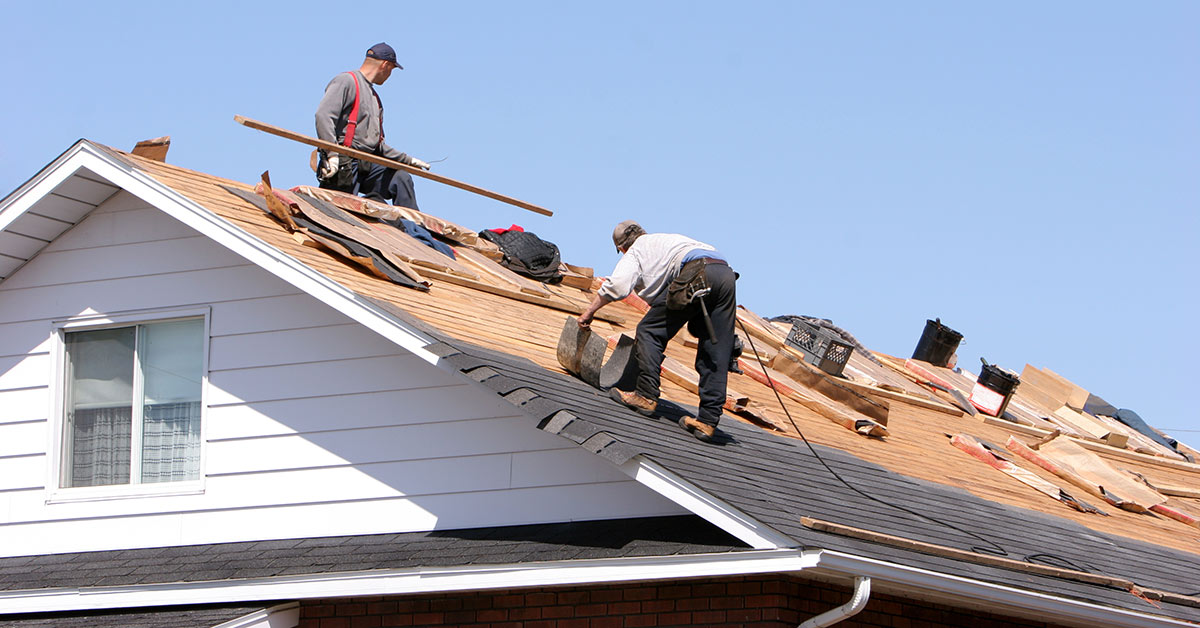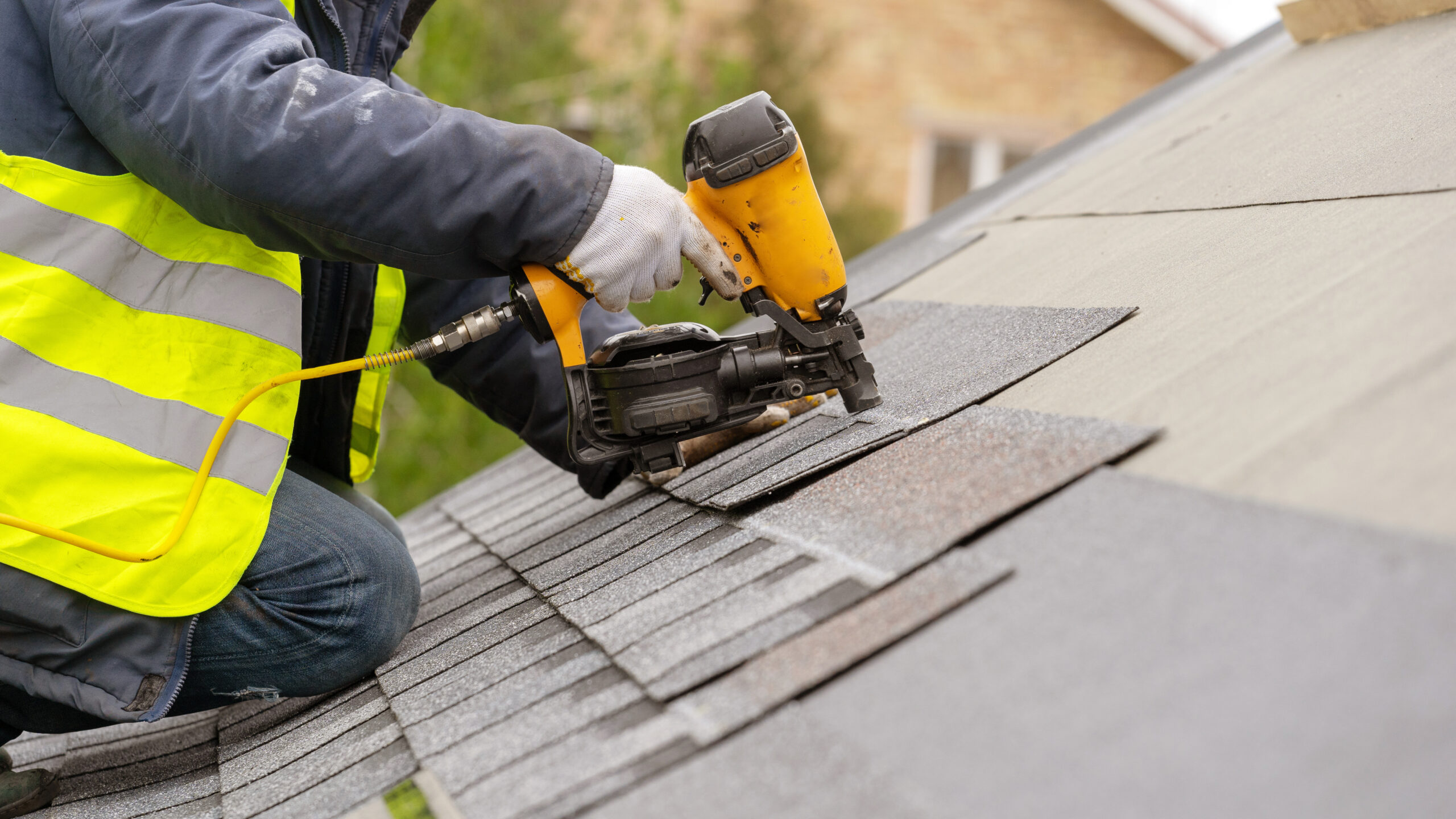New Roof Installment: Upgrade Your Home with a Durable Roof
Examining the most effective Roofing Materials for Replacement: A Thorough Analysis of Longevity, Cost, and Aesthetic Allure
Choosing the appropriate roof product for substitute includes a mindful evaluation of a number of essential elements, including longevity, expense, and aesthetic charm. Each alternative provides one-of-a-kind advantages and disadvantages; as an example, asphalt roof shingles are economical yet shorter-lived, while steel roofs promise long life at a greater financial investment. The visual influence of products like clay floor tiles can not be ignored, regardless of their costs rate factor. Understanding just how these aspects engage can considerably influence the decision-making procedure. As we explore these elements further, the implications for your certain situation become significantly significant.
Review of Roofing Materials
As property owners significantly prioritize durability and energy effectiveness, recognizing the different roof materials available for substitute ends up being crucial. The option of roofing materials directly affects not only the visual appeal of a home yet also its long-term efficiency and upkeep costs.
Among one of the most usual roofing products are asphalt roof shingles, steel roof, and tile. Asphalt roof shingles are preferred for their affordability and convenience of setup, making them a prominent option for numerous domestic applications. Metal roof covering, that includes materials such as steel and light weight aluminum, provides exceptional longevity and energy performance, usually showing warmth and minimizing cooling prices. Floor tile roofing, often made from clay or concrete, is prized for its durability and aesthetic appeal, supplying an unique appearance that can improve a home's worth.
Furthermore, newer materials such as artificial shingles and eco-friendly roof systems are gaining traction. Artificial choices resemble conventional products while supplying enhanced toughness and lower upkeep requirements. Environment-friendly roofing systems, which incorporate plants, add to power performance and biodiversity.
Resilience Assessment
When examining roofing materials for replacement, resilience is an important aspect that homeowners should think about. The life-span and durability of roof covering products straight influence long-term upkeep and replacement prices. Numerous materials display differing levels of resilience, making it necessary to recognize their efficiency under ecological stress factors.
Asphalt shingles, while popular for their cost-effectiveness, normally last 15 to three decades and might require even more frequent replacement because of deterioration from UV exposure and extreme weather. On the other hand, steel roof provides exceptional longevity, with a life-span of 40 to 70 years and resistance to wind, fire, and insects. Additionally, clay and concrete tiles can endure severe problems, typically lasting longer than 50 years, although their weight necessitates a robust architectural assistance system.

Cost Contrast
Taking into consideration the financial implications of roof covering products is crucial for home owners intending a replacement. The cost of roof materials can differ considerably based on factors such as product type, installation complexity, and regional prices distinctions.
Asphalt roof shingles are amongst one of the most economical alternatives, typically varying from $90 to $100 per square (100 square feet), making them a popular option for budget-conscious home owners. On the other hand, steel roof covering can set you back between $250 and $700 per square, depending on the sort of metal and coating selected. While metal roofs have a tendency to have a higher upfront price, their long life and energy effectiveness may cause cost financial savings in time.
Clay and concrete ceramic tiles are likewise on the higher end of the spectrum, averaging best site in between $300 and $600 per square. These materials offer durability and aesthetic allure however need a significant preliminary investment.
Finally, slate roofing, known for its outstanding sturdiness and classic look, can vary from $600 to $1,500 per square, making it the most expensive choice. Home owners have to consider the first expenses against the expected life-span and upkeep needs of each material to make an educated choice.
Visual Factors To Consider
Visual factors to consider play a crucial duty in picking roof covering products, as the roof significantly affects a home's general appearance and curb allure. Home owners typically look for materials that complement their building design and boost the aesthetic allure of their home. The shade, texture, and account of roof materials can substantially affect the overall aesthetic.
Products such as asphalt shingles provide a variety of colors and designs, making them a preferred option for household jobs. On the other hand, steel roof covering supplies a smooth, modern-day look and is offered in many coatings that can match modern styles. Standard choices like clay floor tiles or slate can evoke an ageless style, attracting those who prefer timeless looks.
Furthermore, the assimilation of roof covering materials with surrounding aspects, such as siding and landscaping, is vital. A cohesive color palette and unified textures can raise a home's exterior and contribute to its worth. House owners need to additionally think about just how the chosen roof product engages with all-natural light, as this can affect the roofing's look throughout the day. Ultimately, selecting cosmetically pleasing roofing products needs cautious factor to consider of personal taste, building design, and the general vision for the home.
Final Suggestions
Selecting the right Continue roofing product can dramatically boost a home's toughness and visual appeal. roofer. Based upon our analysis of longevity, cost, and aesthetic variables, we recommend three key choices for property owners taking into consideration a roofing substitute
First of all, asphalt shingles stay one of the most preferred choice as a result of their price and versatility. They supply a great equilibrium of cost-effectiveness and security, making them ideal for a lot of property applications. Home owners need to consider their long life, as they normally last 15 to 30 Full Report years.

Lastly, for those looking for an upscale visual, slate or floor tile roof supplies unrivaled beauty and resilience. These products come with a high price tag, their life expectancy can surpass 100 years, making them a worthwhile financial investment for high-end homes.
Ultimately, the finest option will depend upon individual budget, aesthetic choices, and regional climate considerations. Property owners must speak with a roofing specialist to examine their particular needs.
Final Thought
To conclude, choosing the proper roof covering material necessitates a careful analysis of durability, expense, and aesthetic appeal. Asphalt shingles give an affordable solution with modest durability, while metal roofing stands out in longevity and power efficiency. Clay and concrete ceramic tiles, although pricier, substantially boost aesthetic appeal and hold up against extreme climate condition. Inevitably, the decision must line up with private budget plans, design preferences, and neighborhood environment factors, emphasizing the significance of professional assessment for informed selections.